Gila 2.0
Gila 2.0: Warding Off the Wolf is a response to the grievance that wolf depredations are the cause of widespread livestock loss and intense emotional stress among the Gila’s rural populations.
Warding Off the Wolf
Gila 2.0: Warding Off the Wolf consists of a “cattle armor system” of predator deterrent devices focused on the wolf; these are based on aversion and deterrent research conducted in animal cognitive behavior and predator control. Our research and design propositions offer a self-defense system for cattle using GPS, sound and olfactory output devices, video sensing, surveillance, and two-way communication. Gila 2.0: Warding Off the Wolf is a response to the grievance that wolf depredations are the cause of widespread livestock loss and intense emotional stress among the Gila’s rural populations.
Minimizing the wolf’s interaction with cattle – as long as they share public lands – ultimately benefits the wolf, whether that is accomplished by changing animal husbandry techniques, working with heritage breeds more suited to the desert ecology, or creating new human-animal relations via remote technologies.
The histrionics around wolf predation are as outsized as the wolf’s storied reputation. Sometimes wolves eat cows, but they are responsible for approximately 0.2% of all cattle deaths; coyotes and domestic dogs account for the majority of cattle depredation in the US. About 95% of all cattle losses are due to non-predator causes with respiratory and digestive problems topping the list (U.S. Department of Agriculture’s National Agricultural Statistics Service)
These design devices are potentially as useful for other predator species, such as mountain lion, coyote, domestic dogs, and bear.
-Marina Zurkow and Christie Leece, 2012
Impact and Value
Both Heidegger and Agamben invoke the wolf extensively as symbols in their philosophical writing, and the artists of the Gila 2.0 project Marina Zurkow and Christie Leece are also interested in the wolf as metaphor. In their view, many ranchers in the Southwest United States imagine the predatory presence of the governmentally protected wolf as a symbol of unwanted federal intervention into their rights as citizens to make a living. Zurkow and Leece examine this and other actual and possible symbolic representations of the wolf including as a manipulated animal, a competitor and a threat. They examined the emotional relationship between cattle and humans, treated as a kind of human adolescent: technologically surveilled, collared, helicopter followed, and inoculated. Through interfacing directly with the public, their work allows for social and political complexity, emphasizing the absurdity of technology using humor and fairness. Through art, advocacy, critical design and ‘troubling’ the issue, they have untangled many threads, uncovered counter-factual narratives and re-hypotheized the landscape and history of the Mexican Grey Wolf.
Further Reading
- http://www.o-matic.com/play/wolf/
- http://adobeairstream.com/art/isea2012-artist-marina-zurkow-on-gila-2-0-animal-ecosystems-and-public-land/
- KUNM "ISEA artists explore intersections of nature and technology" Megan Kamerick (audio and transcript): http://kunm.org/post/isea-artists-explore-intersections-nature-and-technology-0
No comments yet. Why not add the first?
Showcase
Prepared By Andrea Polli on behalf of ISEA2012 Albuquerque: Machine Wilderness
Areas Covered
Acknowledgements & Credits
Contributors
- Marina Zurkow and Christie Leece, Artists
Thanks to:
- Michael Berman, artist
- Kim McCreery, biologist, New Mexico Wilderness Alliance
- Jennifer Six; Dave Parsons, carnivore conservation biologist
- Harley Shaw, wildlife biologist
- Steve Dobrott, Ladder Ranch
- Bill Mader, wildlife biologist
- Sharman Apt Russell, writer
- Peter Russell, city planner
- Cynthia Wolf, wildlife biologist
- Michael Robinson, Center for Biological Diversity
- Jess Carey, Catron County Wolf Interaction Investigator
- Delene Beeland, writer; Ed L. Fredrickson, livestock specialist
- Liz Jozwiak, project coordinator, Fish and Wildlife Service Interagency Field Team
- Chris Bagnoli, Arizona Game and Fish
- Wendy Peralta, Glenwood Trading Post
- Ysabel Campbell and Paul Luecke, Doc Campbell's Post
- Joe Saenz, Wolfhorse Outfitters
- Cynthia Bettison, archaeologist and director
- Western New Mexico University Museum
- Carey Dobson, Timberline Ranch
- Michael Metcalf and Christine Rickman
- Faye McCalmont, Mimbres Region Arts Council
- Elena Gellert, Black Gold Emporium
- Nancy Kaminski, Gila Conservation Education Center
- Dave Mech, wildlife research biologist
- Sue Morse, Keeping Track
- Maggie Howell, managing director and Rebecca Bose, curator, Wolf Conservation Center
- Stewart Breck, Wildlife Biologist, USDA National Wildlife Research Center
- Julie Hecht, applied animal behaviorist, Horowitz Dog Cognition Lab at Barnard College; John A. Shivik, mammals coordinator, Utah Division of Wildlife Resources; Monty Sloan, Wolf Park;
- Suzanne Sbarge and Rhiannon Mercer, 516 Arts
- Emilil Walter
- Crys Moore
- Ben Light
- Eric Rosenthal
- Antonius Wiriadjaja
- Zvensuy Rodriguez
- Eric Hagan
- The Interactive Telecommunications Program, Tisch School of the Arts, NYU
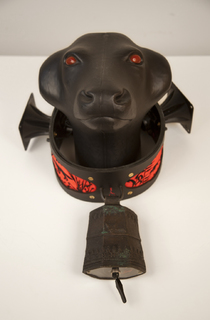
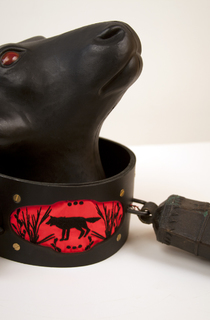

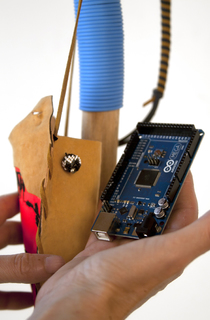
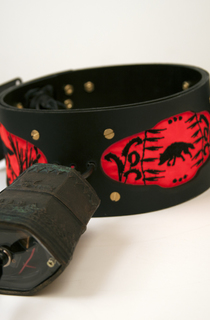
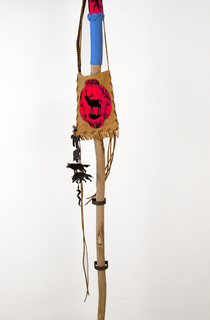
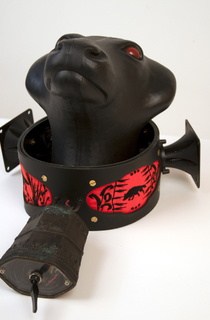
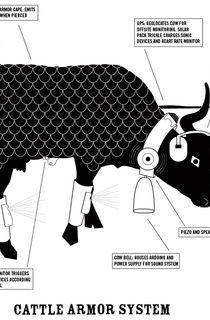
← Back to work
0 Comments